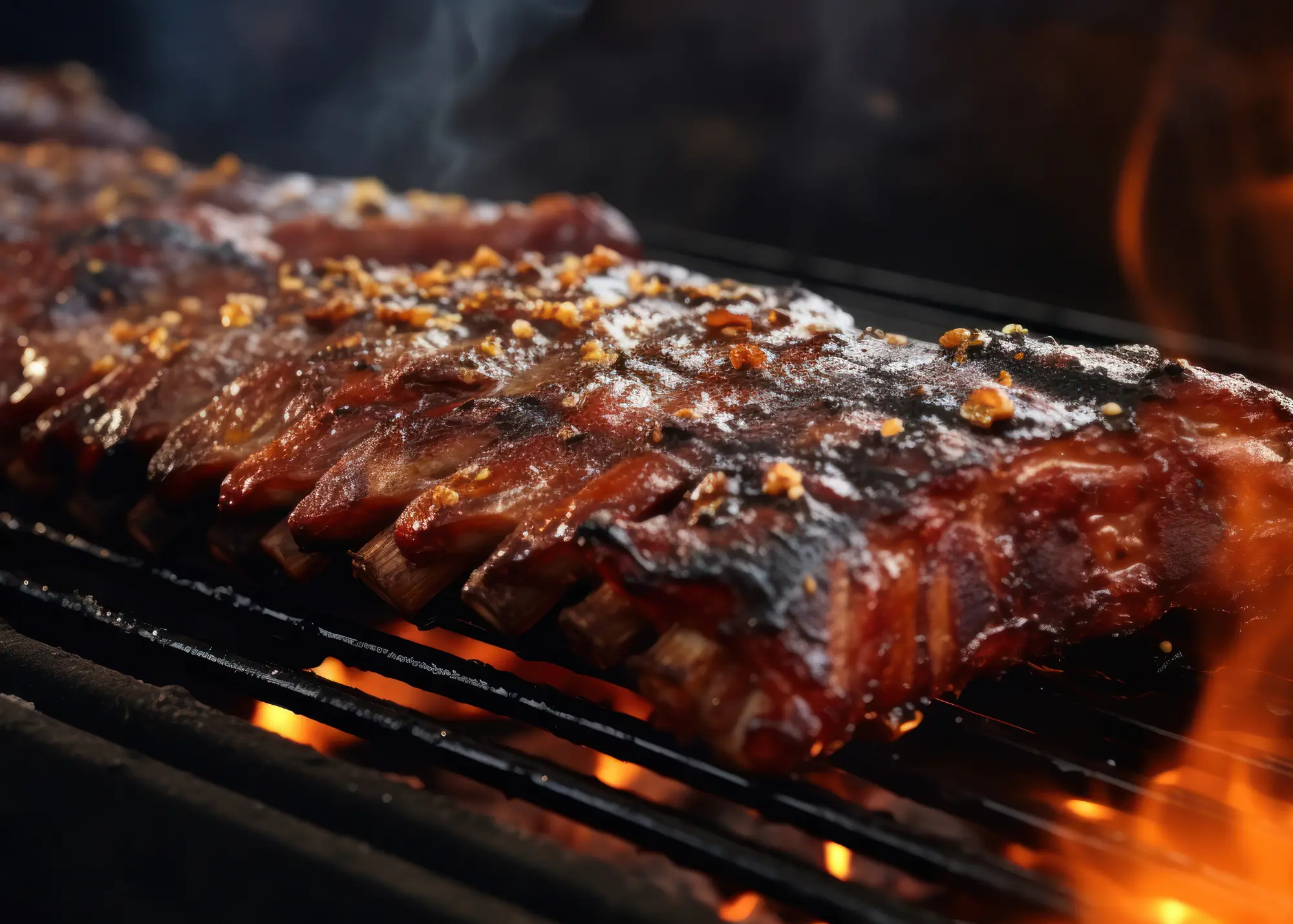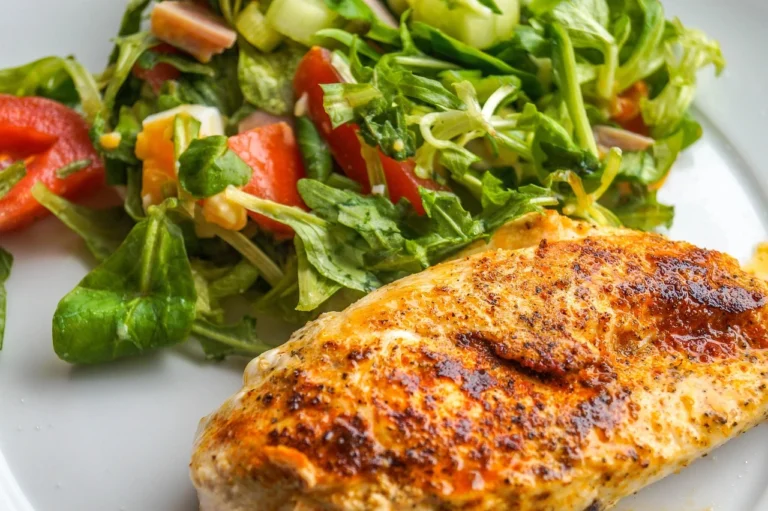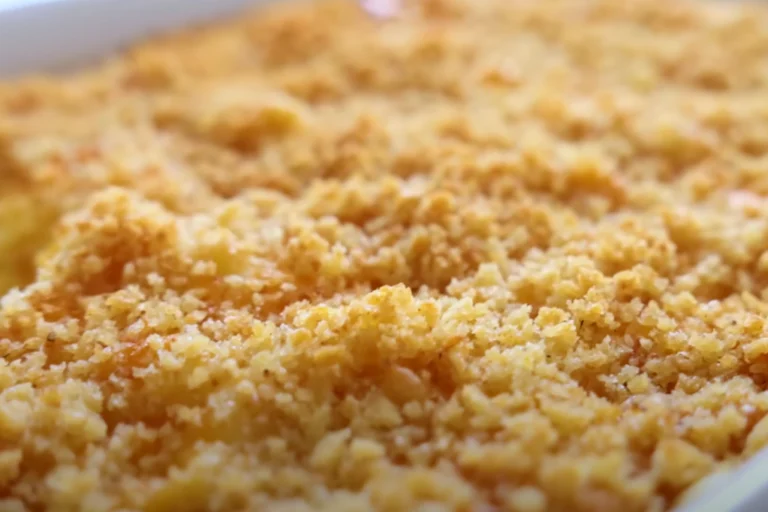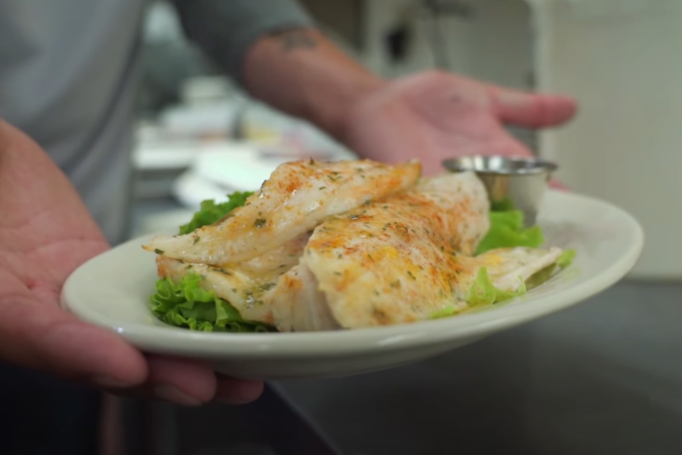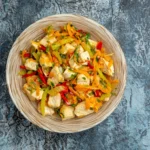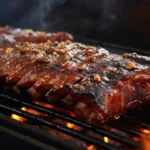Imagine enjoying a tender, flavorful barbecue on a warm summer evening. The key to this treat is smoking. It adds a rich flavor to meats, seafood, and veggies.
You don’t need to spend hours or even a whole day cooking. With the right smoking techniques and simple ingredients, you can make amazing dishes. These will impress your family and friends.
Listen to our podcast about this article
Smoker Recipes
The world of smoker cooking offers many possibilities. experienced or new, you’ll find ideas. There are smoker recipe ideas to try.
Table of Contents
Essential Smoker Types for Your Cooking Adventure
Choosing the right smoker is key to great-tasting food. The smoker you pick affects the flavor, texture, and quality of your dishes.
Choosing the Right Smoker
There are many smoker types, each with its features. Knowing what you need and like is important. The right smoker can greatly improve your smoking cooking methods.
Think about how easy it is to use, how well it controls temperature, and what fuel it uses. These factors help you pick the best smoker for your smoker recipe inspiration.
Benefits of Each Smoker Type
Each smoker has its advantages. Electric smokers are easy to use and low maintenance. Pellet smokers are convenient and flavorful. Charcoal smokers offer a classic smoking experience.
Think about your cooking style and the dishes you want to make. This helps you choose the right smoker. You’ll ensure your smoker recipe inspiration becomes tasty, satisfying meals.
Must-Have Smoker Accessories for Success
To get great results from smoking, you need the right tools. These accessories make smoking easier and help you get perfect smoke every time.
Thermometers for Perfect Timing
A thermometer is key to the right temperature. This is vital for perfect smoke. Digital thermometers are great because they give accurate readings and are wireless. This lets you check the temperature without being right next to the smoker.
- Instant-read thermometers for quick temperature checks
- Probe thermometers for continuous monitoring
- Wireless thermometers for remote monitoring
Wood Chips and Their Flavor Profiles
Wood chips are essential for adding flavor and aroma. Each type of wood chip gives a different taste. So, picking the right one is important for your recipe.
- Hickory: Strong, sweet, and smoky
- Apple: Fruity and mild
- Mesquite: Earthy and robust
Useful Tools for Smoke Mastery
There are more tools to help you master smoking. You’ll need smoker brushes for cleaning, meat claws for handling meat, and smoker boxes for adding wood chips.
- Smoker brushes for grill and smoker cleaning
- Meat claws for handling large cuts of meat
- Smoker trays for adding aromatic wood chips to your grill or smoker
Investing in these smoking accessories will improve your smoking skills. Whether you’re new or experienced, these tools will help you make delicious dishes.
Mouth-Watering Meat Smokers Recipes
If you want to improve your BBQ skills, try these tasty meat recipes for smokers. Smoking meat is an art that needs patience, skill, and the right methods. With the right tips, you can make tender, flavorful meat that will wow your loved ones.
Brisket: The Ultimate Smoked recipe Delight
Brisket is a beloved BBQ dish; when smoked right, it’s amazing. To get tender brisket, cook it slowly over wood chips or chunks. It’s important to keep the temperature steady and wrap the meat well to keep it moist.
Start with a dry rub of paprika, garlic powder, and brown sugar on the brisket. Keep it for a few hours before smoking. Smoke it at about 225°F for 10-12 hours, depending on the brisket’s size.
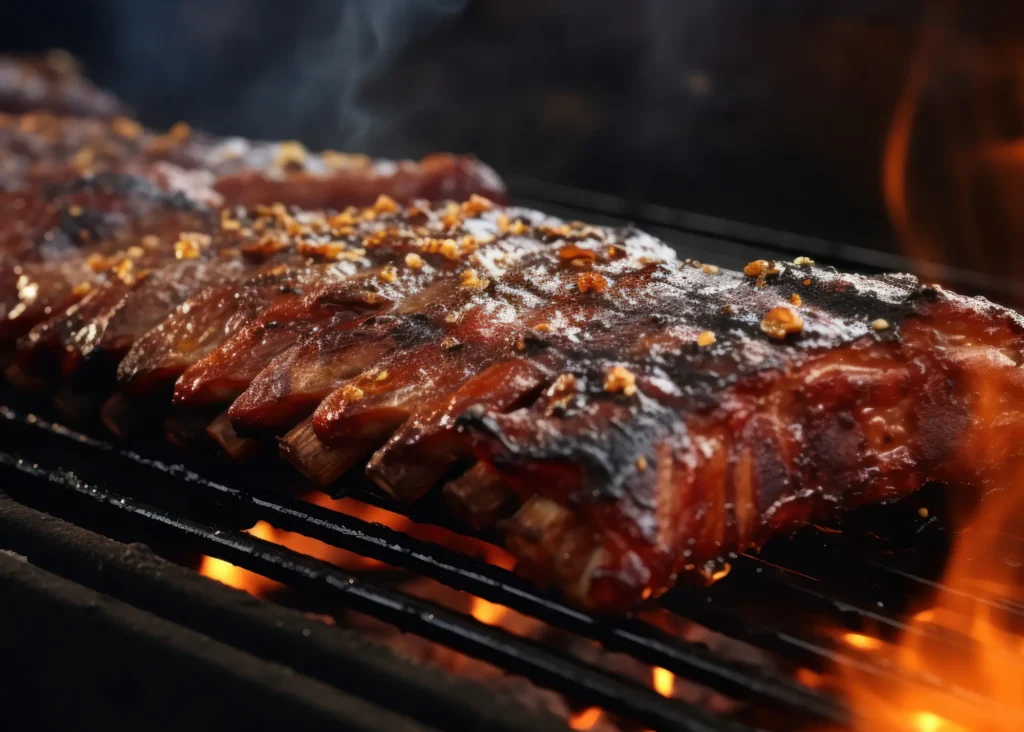
Ribs: Smoky Goodness in Every Bite
Ribs are a favorite for smokers, and with the right method, they become incredibly tender. Remember to remove the membrane from the back. This lets the rub soak into the meat.
For ribs, use a rub of chili powder, cumin, and brown sugar. Let the ribs sit for a few hours before smoking them at 275°F for 4-5 hours. Wrap them in foil for the last hour to make them even more tender.
Chicken: Juicy and Flavorful Options
Smoked chicken is a tasty and flexible choice for BBQ. To get juicy chicken, it’s key to brine it before smoking. A simple brine can be made with salt, sugar, and herbs of your choice.
For smoking, use different woods like hickory or apple to add unique flavors. Smoke at 225°F for 4-5 hours, depending on the chicken’s size and thickness.
| Meat | Smoking Temperature | Cooking Time |
|---|---|---|
| Brisket | 225°F | 10-12 hours |
| Ribs | 275°F | 4-5 hours |
| Chicken | 225°F | 4-5 hours |
An Array of Vegetable Dishes to Smoke
Looking to try something new in your smoker? Vegetable dishes are a tasty alternative to meat. Smoking vegetables brings out their sweetness and adds a unique flavor. It’s a great way to mix things up in your cooking.
Smoked Bell Peppers: A Tasty Treat
Smoked bell peppers are great in many dishes, like sandwiches and salads. Simply place the peppers in the smoker at 225°F until they’re nicely charred. Then, gently peel off the skin to expose the delightful, smoky flesh within. This straightforward technique transforms bell peppers into a delightful delicacy.
Grilled Corn on the Cob: A Summer Favorite
Grilled corn on the cob is a popular summertime favorite. Adding a light smoky flavor can enhance the experience. Smoke the corn at around 225°F for about an hour. It’s important to maintain a gentle level of smoke to avoid overpowering the natural sweetness of the corn.
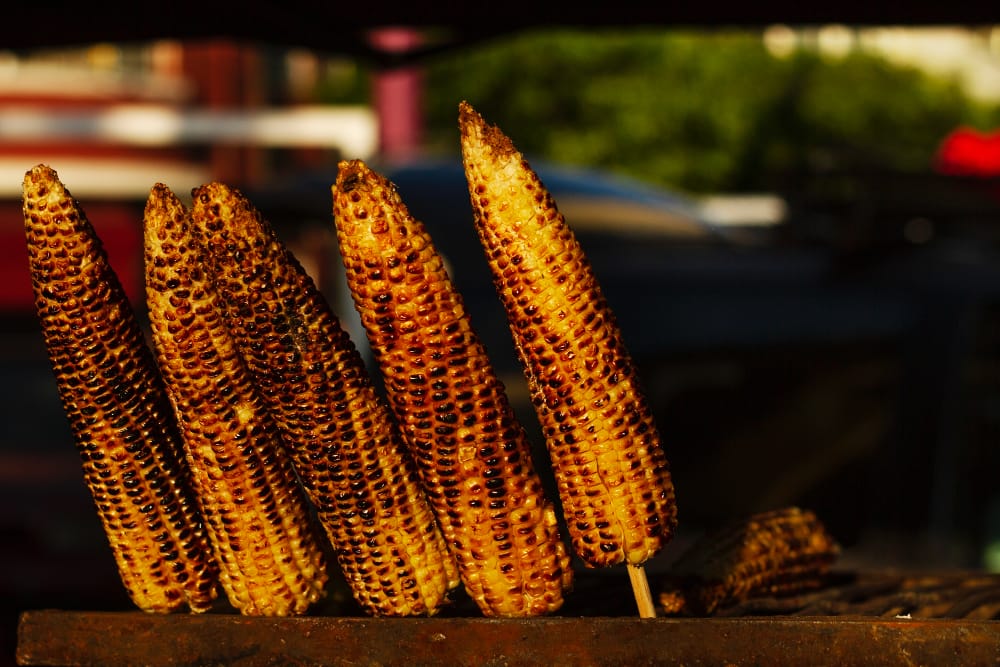
Eggplant: Smoky and Savory
Eggplant becomes tender and savory when smoked. Slice it thick or leave it whole, then smoke at 225°F (110°C) for a couple of hours. The result is a smoky eggplant perfect for grilling or recipes. Season it with herbs and spices before smoking for extra flavor.
These vegetable dishes offer smoker recipe inspiration and are easy smoker dishes for beginners. By trying these smoking recipes for beginners, you can discover new flavors and expand your cooking skills.
Popular Seafood Recipes for Smokers
Smoking seafood is a great way to make your dishes more flavorful, and with the right techniques, it can create dishes that are rich in flavor and texture, delighting everyone who tries them
Seafood is perfect for smoking because it takes on many flavors. We’ll look at recipes for salmon, shrimp, and oysters you can try.
Salmon: Rich Flavor and Tender Texture
Salmon is a favorite for smoking. It’s rich and tender, making it great for slow cooking. Use wood chips like alder or apple to add a smoky taste.
To smoke salmon, season it with herbs and spices. Then, smoke it at 225°F for 2-3 hours. It’s done when it reaches 145°F inside.

Shrimp: Quick and Delicious Smoked Treats
Shrimp is quick and easy to smoke. Peel and de-vein them, then marinate in seasonings. Smoke at a temperature of 225°F for 30-60 minutes, until they turn a lovely pink color and are fully cooked.
Smoked Oysters: A Gourmet Touch
Oysters are a gourmet choice for smoking. Place them in the smoker at 225°F for 30-60 minutes. They’re done when they’re firm and cooked.
- Keep the temperature low and slow to prevent overcooking.
- Use a variety of wood chips to add different flavors to your seafood.
- Don’t over-smoke – a little smoke can go a long way.
| Seafood | Smoking Time | Temperature | Wood Chips |
|---|---|---|---|
| Salmon | 2-3 hours | 225°F | Alder, Apple |
| Shrimp | 30-60 minutes | 225°F | Hickory, Cherry |
| Oysters | 30-60 minutes | 225°F | Mesquite, Oak |
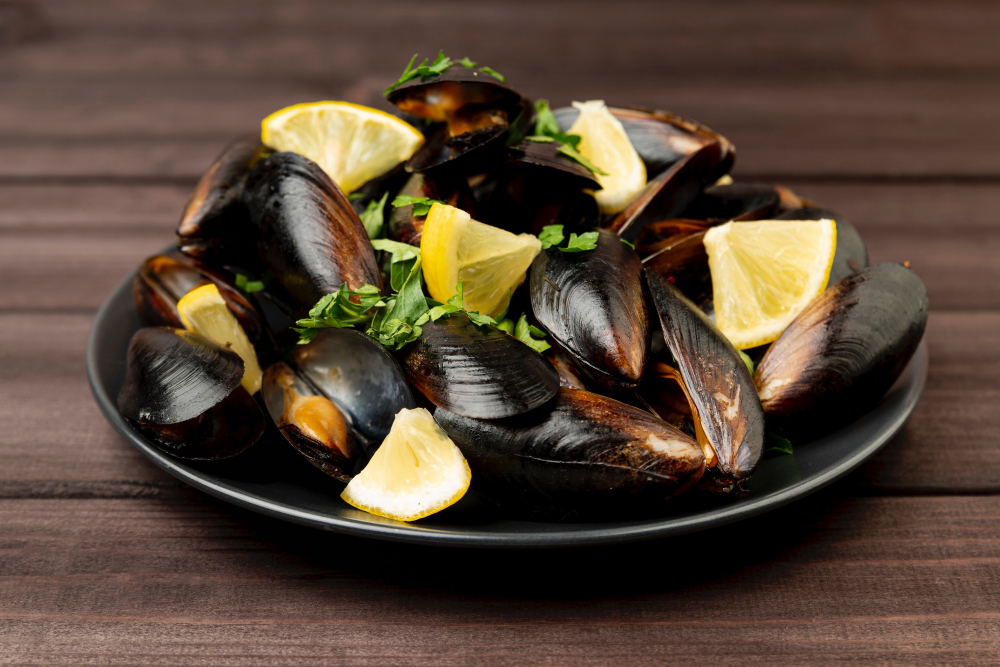
Follow these smoker ideas, recipes, and tips to make amazing smoked seafood. Try different seafood, wood chips, and seasonings to find your favorites.
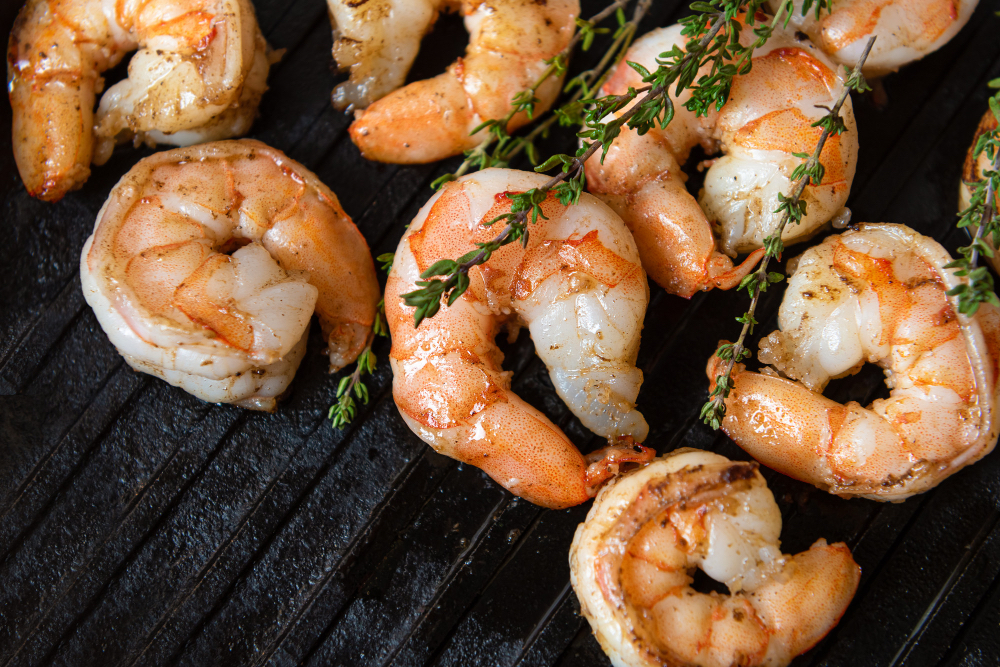
Unique Dessert Ideas for Your Smoker
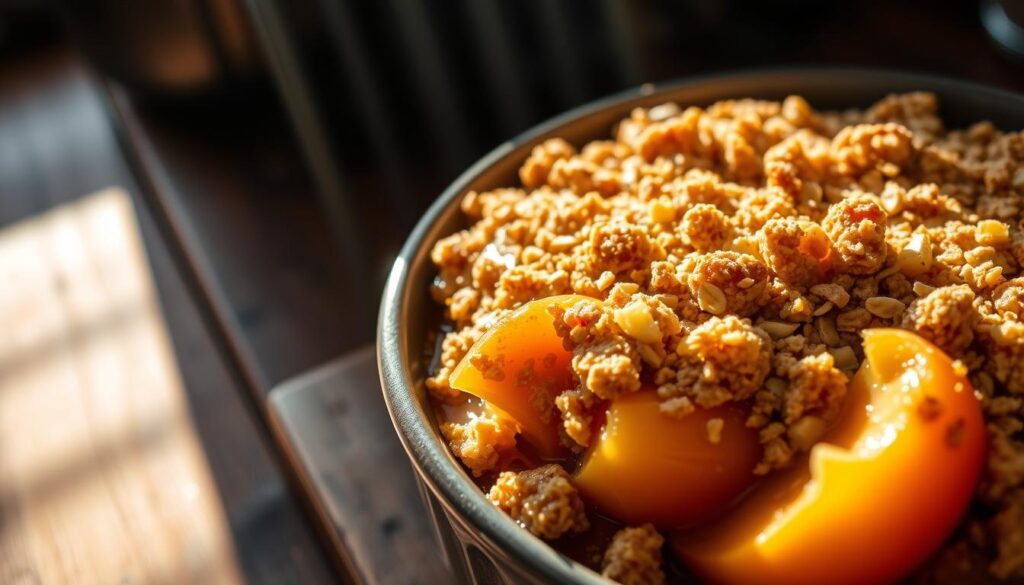
Discover the delightful realm of smoked desserts. Infusing traditional sweets with smoky notes adds an exciting twist. Whether you’re a novice or a seasoned enthusiast, these ideas will motivate you to explore new flavor frontiers.
Smoked Peach Crisp: A Sweet Surprise
A smoked peach crisp is a delightful dessert. It combines the sweetness of peaches with a smoky flavor. You’ll want to gather some juicy peaches, along with sugar, flour, and cinnamon
Mix the ingredients, put them in a smoker-safe dish, and smoke at a low temperature. Wait until the peaches are tender and the topping is crispy.
Chocolate Avocado Mousse: Rich and Creamy
Try a chocolate avocado mousse for a rich dessert. Mix ripe avocados with cocoa powder, sugar, and heavy cream, then chill until set. Add smoky flavor with smoked cocoa powder or a hint of smoked vanilla.
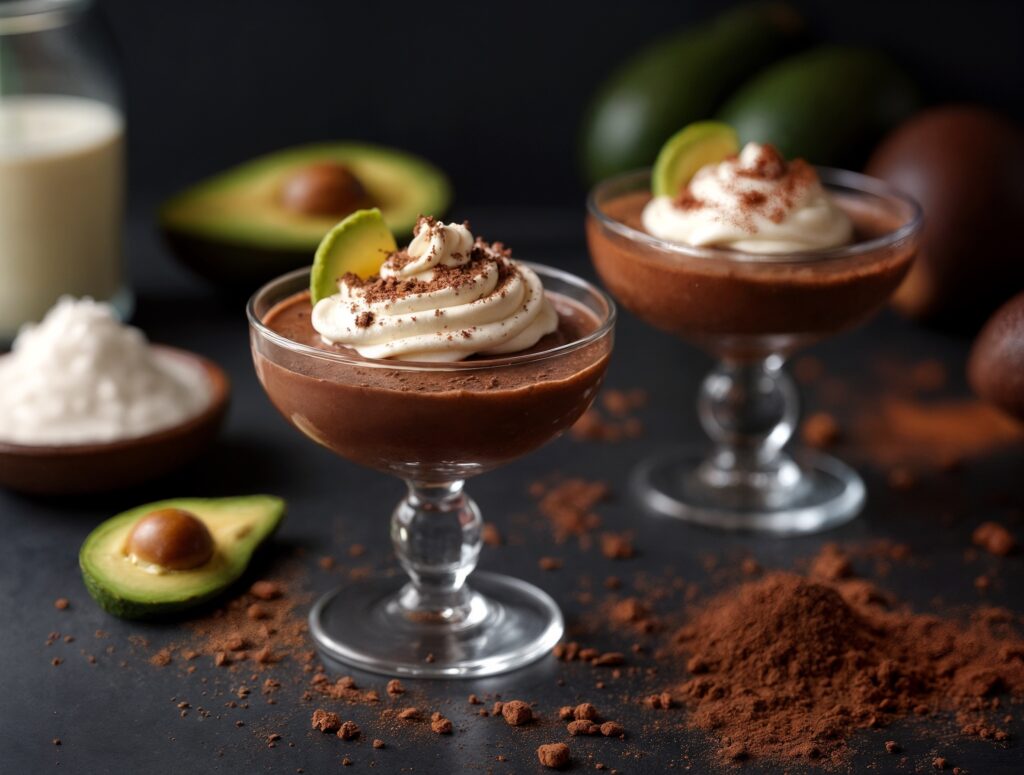
Smoked Pineapple: Tropical Bliss
Smoked pineapple is perfect for warm weather. Place pineapple rings or chunks in your smoker with apple or cherry wood. Smoke until it’s caramelized and tender.
Serve as is or with vanilla ice cream.
| Dessert | Smoking Time | Flavor Profile |
|---|---|---|
| Smoked Peach Crisp | 2-3 hours | Sweet, Smoky, Fruity |
| Chocolate Avocado Mousse | N/A (uses smoked ingredients) | Rich, Creamy, Chocolatey |
| Smoked Pineapple | 1-2 hours | Tropical, Caramelized, Smoky |
These distinctive desserts highlight your smoker’s flexibility. Try experimenting with ingredients and techniques to craft your own signature treats.
Tips for Properly Seasoning Your Smoked Dishes
Getting the perfect flavor in smoked dishes is all about seasoning. Seasonings can elevate a good dish to greatness, introducing flavors and richness. It’s key for both new and experienced smokers to master seasoning for delicious results.
Dry Rub Basics: Combine Herbs and Spices
A dry rub is a spice mix rubbed on meat before smoking. The goal is to balance flavors so they enhance the meat’s taste without overpowering it. Common ingredients include paprika, garlic powder, onion powder, salt, and black pepper. Try different mixes to find your favorite.
Coat the meat with the dry rub mixture. Press the spices onto the surface to make them stick. Letting the meat sit before smoking helps the flavors soak in deeper.
Marinades: Infusing Flavors Deeply
Marinades are liquid mixtures that meats soak in before cooking. They add moisture and flavor. The acid in marinades tenderizes the meat. Refrigerate the meat and marinate for several hours or overnight for the best flavor.
When making a marinade, think about the meat and the flavor you want. For example, soy sauce, garlic, and ginger are great for chicken. Citrus-based marinades work well for fish or poultry.
Brining: Ensuring Moisture and Flavor
Brining is the process of immersing meat in saltwater before smoking. This technique enhances the flavor and maintains the moisture of the meat. The salt in the brine also helps to tenderize the meat. You can add herbs, spices, and sugar to the brine for extra flavor.
For best brining results, use a non-reactive container and ensure the meat is completely submerged. Brining time varies by meat size and type, but a few hours or overnight is common.
Here’s a comparison of the three seasoning techniques:
| Technique | Primary Benefit | Common Ingredients |
|---|---|---|
| Dry Rub | Adds flavor without moisture | Paprika, garlic powder, onion powder, salt, black pepper |
| Marinade | Infuses deep flavors and tenderizes | Oil, acid (vinegar, citrus), dairy, herbs, spices |
| Brine | Ensures moisture and adds flavor | Salt, water, sugar, herbs, spices |
Mastering dry rubs, marinades, and brines can greatly improve your smoked dishes. Explore diverse techniques and ingredients to identify what suits you best.
Common Mistakes to Avoid When Smoking Food
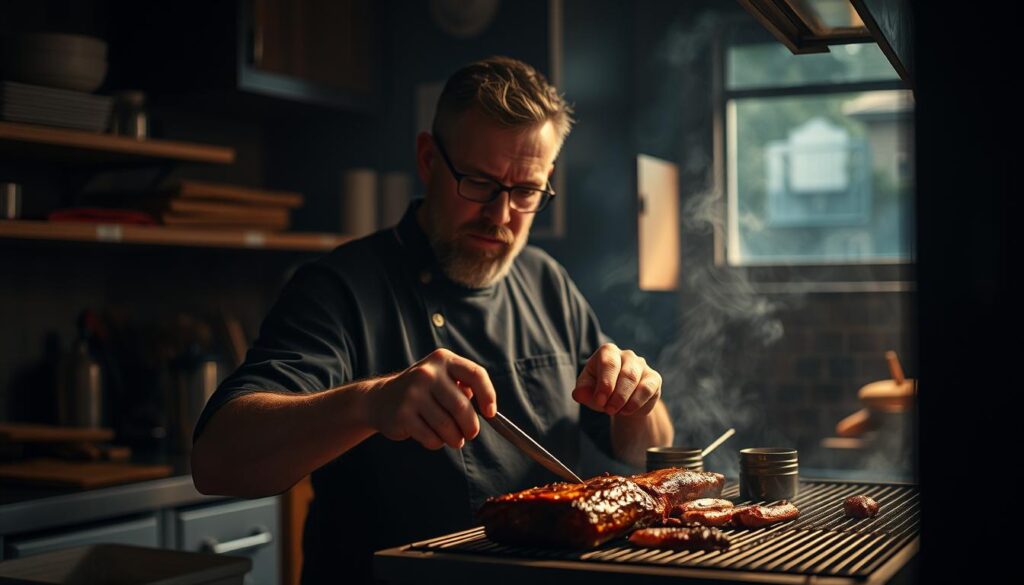
To get tender, tasty dishes, avoid common smoking mistakes. Smoking needs patience, detail, and practice. Knowing these mistakes helps improve your BBQ skills and makes meals unforgettable.
Overcooking: How to Prevent Dry Dishes
Overcooking is a big mistake in smoking. It makes meat dry and tough. To fix this, check the meat’s internal temperature and take it off heat when it’s done.
Also, let the meat rest after smoking. This lets juices spread, making the meat deliciously tender and flavorful. Resting meat keeps it juicy and flavorful.
Using Too Much Smoke: Finding the Right Balance
Too much smoke can ruin flavor, making it bitter. To avoid this, use the right amount of smoke. Find a balance between smoke and meat flavor. Use high-quality wood chips and adjust smoke levels for different meats.
Try different woods and smoke levels to find your perfect balance. This way, your dishes will be flavorful but not too smoky.
Ignoring Temperature Control: Keeping it Steady
Ignoring temperature control is another mistake. Fluctuations can lead to uneven cooking. To avoid this, keep the temperature steady during smoking.
A temperature controller helps maintain a steady temperature.
Elevating Your Smoker Skills with Expert Techniques
To improve your smoking skills, learning expert techniques is key. These methods can make your dishes go from good to amazing. Whether you’re new to smoking or have experience, using these techniques will help you make tasty meals.
Cold Smoking vs. Hot Smoking Explained
Cold smoking and hot smoking are two different ways to cook. Cold smoking uses lower temperatures, between 68°F to 86°F. It’s best for foods like salmon or cheese.
Mastering Smoke Timing and Flavor
Getting the timing right is key to perfect flavor. It’s about knowing how wood and smoking time affect taste. There are recipes for beginners that can guide you.
Trying fruits and nuts can bring new flavors to your dishes. This can impress your guests. By using these techniques, you’ll grow your skills and become a pro at smoking.

